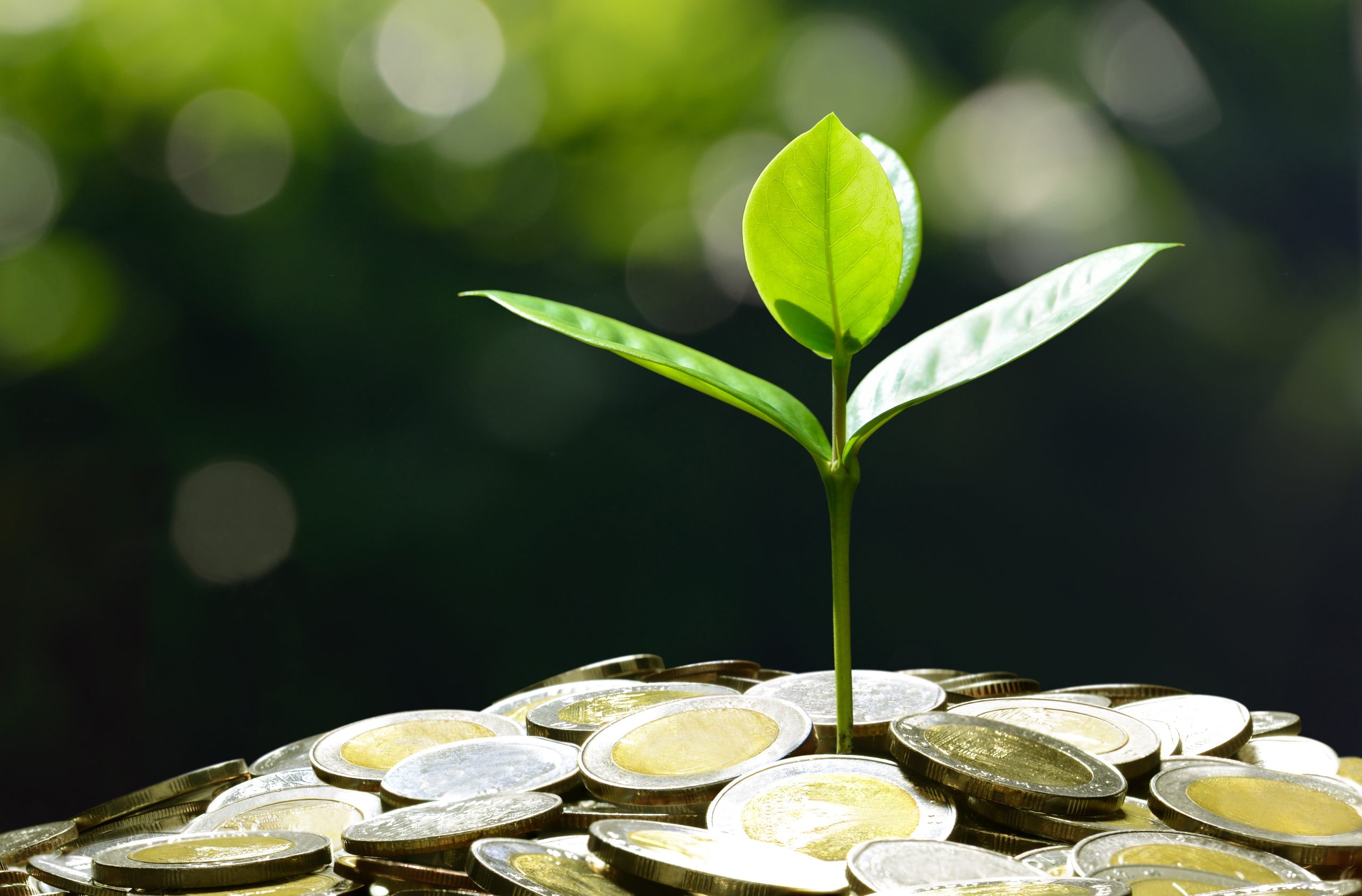Green finance is a cornerstone of sustainable development, providing the financial resources needed to align the global financial system with green transformation. It covers investments that protect the climate, including mitigation and adaptation, and also other environmental goals, such as biodiversity protection, circular economy and pollution prevention.¹ One major milestone on the global agenda is the New Collective Quantified Goal on Climate Finance (NCQG) agreed by countries at the 2024 United Nations Climate Change Conference (COP29), which sets a financial target of at least $300 billion annually by 2035 to support developing countries. COP30, which will take place from 10 to 21 November 2025 in Brazil, aims to finalise the Baku-Belem Roadmap, a workplan and process to define how a much larger total of USD 1.3 trillion annually by 2035 can be met to help developing countries cut emissions and build resilience.
Despite progress made since the 2015 Paris Agreement, the world remains off track to meet its targets. The 2023 Global Stocktake confirmed that global emissions are still rising. Green finance also continues to face gaps between pledges and delivery, with limited private-sector engagement and an over-reliance on loans instead of grants.
There are however positive signs and efforts to step up innovative solutions and channel resources where they are most needed. Notably, the EU is one of the world’s largest providers of green finance and supports initiatives like the ASEAN Catalytic Green Finance Facility. The ACGF provides technical assistance to help governments identify and prepare commercially viable green infrastructure projects, and attract sustainable infrastructure investments. BIended finance platforms, such as Singapore’s FAST-P for Asia and the Just Energy Transition Partnerships (JETP) implemented in four Asian and African countries, show how development banks and private investors can come together and share risk to unlock billions for clean energy and industrial transformation.
AIB will be further exploring the issue of green finance in a forthcoming podcast, such as its accessibility and just transition. We welcome your questions to be discussed in the episode – send us your suggestions below and help shape the debate.
[1] Six Environmental Objectives from EU Taxonomy: (1) Climate change mitigation; (2) Climate change adaptation; (3) Sustainable use of water and marine resources; (4) Circular economy; (5) Pollution prevention; (6) Healthy ecosystem
Sources:
European Commission, 2025, ‘EU taxonomy for sustainable activities’, European Commission
UNFCCC, ‘New Collective Quantified Goal On Climate Finance’ UNFCCC
UNFCCC, ‘Global Stocktake’, UNFCCC
Asian Development Bank (ADB), ‘ASEAN Catalytic Green Finance Facility (ACGF)’, ADB

I’m really hopeful about green finance playing a bigger role at COP30. It’s our future on the line, and funding clean projects can help protect our communities from climate impacts.
Thank you for sharing your optimism Acey! Green finance is indeed crucial for driving the investments that safeguard our future. COP30 presents a key opportunity to accelerate support for sustainable projects and strengthen climate resilience in communities worldwide.
Hey everyone! With COP30 coming up, green finance is becoming a hot topic worldwide, especially here in Asia where climate impacts are growing more intense. Green finance is all about redirecting investments to sustainable projects that can help fight climate change while supporting economic growth. I’d love to start a discussion: How do you think green finance can shape the outcomes of COP30?
Looking forward to hearing your insights and ideas! Let’s dive into how finance can be a powerful driver for a greener future.
COP30 is a big moment for Asia’s climate future! I wonder how green finance can better involve local communities and small businesses. How can we make sure the money really reaches those who need it most for climate action?
Great point! Making sure green finance reaches local communities and small businesses is key to real climate impact. It’s all about creating transparent, accessible funding channels and involving those on the ground in decision-making.
With climate change hitting Asia hard, green finance could be a game changer at COP30.
Absolutely! Green finance has huge potential to drive real change across Asia by funding clean energy, sustainable infrastructure, and climate resilience projects. COP30 is a crucial platform to boost these efforts and support the communities most affected.
Fighting climate change is everyon’s responsibility. However, since we are having financial dificulties, we may have to manage ambition and reality in terms of climate finance.
You raised a fair point. Our responsibility towards climate change remains. Identify practical and sustainable ways to fund climate action, especially in the current economic climate, is crucial for making real progress in green finance.
It is of great importance that the public gains increased access to accurate information about climate issues through the news and social media. Equally essential are stronger international efforts to prevent and resolve armed conflicts, as wars have a profound impact on the global climate. I sincerely hope that COP30 will succeed in achieving its objectives, as this is vital for the sustainability of our planet and the well-being of future generations.
Couldn’t agree more. The link between war and climate damage is so often ignored, and good information is our first line of defense. I join you in hoping for a successful COP30!
We shall try to replace traditional carbon emitting sources with clean energy and reducing emissions is crucial for all countries, especially for the developing countries. Green energy and ecology represent the path forward for the future economy, as well as the way for earth to sustain long-term human survival.
Absolutely — and green finance plays a key role in making that transition possible while promoting inclusive economic growth.